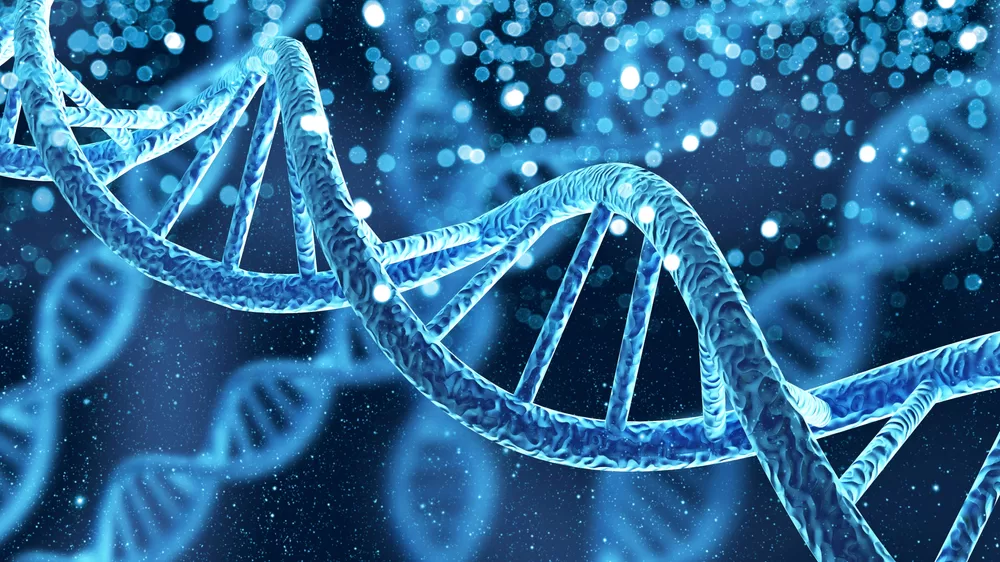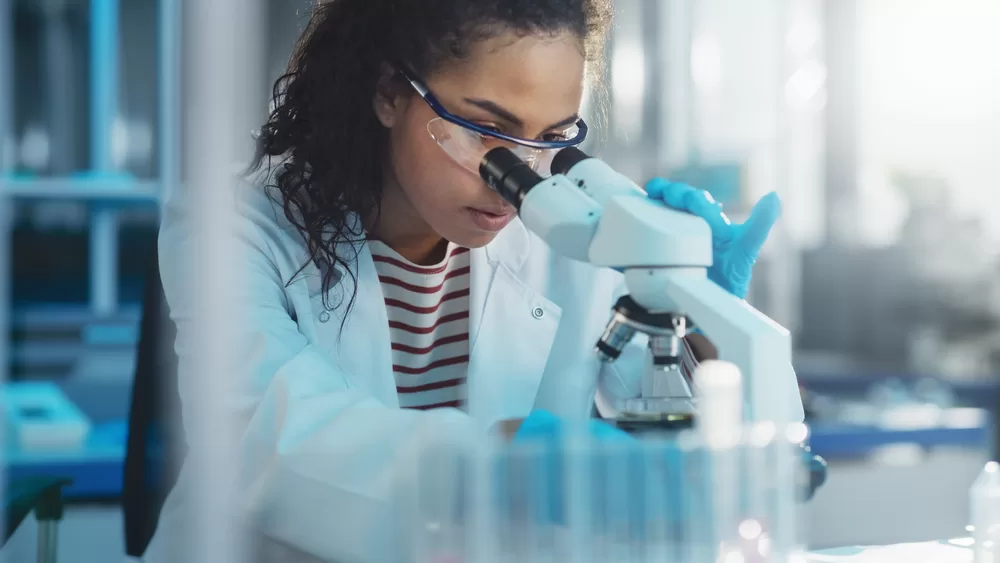Ehlers-Danlos Syndrome
Inspiring hope and enriching quality of life is our passion at Wellness Refresh! If you or a loved one are living with Ehlers-Danlos Syndrome (EDS), you can probably relate to our less-than-uplifting experience with today’s modern medical system. Rather than offering curative and empowering solutions for EDS, if partnering with a traditional healthcare provider, prescription drugs, restrictive braces, and other temporary “fixes” are pitched as the only solutions available.
While there will always be a place in medicine for prescription medications and services like physical therapy, the modern system fails to offer viable natural alternatives. The lack of alternatives becomes even more apparent when facing a disease or disorder like EDS. The majority of providers treat EDS like every other type of pain or joint disorder, without ever addressing other closely-linked factors such as genetics, diet, fitness, and detoxification.
Why are natural and proven self-care strategies related to nutrition, lifestyle, and genetics often an afterthought? The modern medical system is designed to keep patients in the system. Natural cures and safe alternatives for pain relief do not support that goal, and doctors cannot bill the insurance company for natural strategies like eating properly and using the right supplements!
If traditional medical care has left you searching for better answers, we are here to help you discover a range of effective and evidence-based options that go beyond temporary relief. Using a combination of genetic testing, medical-grade supplements, and functional medicine expertise, we empower our EDS clients with personalized interventions that are designed to uplift wellness on a cellular level.

What is Ehlers-Danlos Syndrome?
EDS is a group of inherited genetic disorders that affects the stability and functionality of connective tissues. Depending on the type of EDS, the genetic variation alters the structure, production, and/or processing of the protein collagen. Collagen is a key component that influences the elasticity, strength, and functionality of connective tissues like skin, blood vessels, and joints.
Ehlers-Danlos Syndrome is a progressive disorder that increases connective tissue weakness and laxity over time. Fortunately, with early diagnosis and targeted care, like our natural SIBO treatments, it is possible to, reduce disruptive symptoms, and significantly enrich the overall quality of life.
Unfortunately for many with EDS, general joint hypermobility is common, meaning that the disorder is often misdiagnosed or remains untreated until symptoms become more severe in adulthood.
Main Types of EDS & Common Symptoms
The 13 types of EDS are classified by the various signs and symptoms that emerge. Most commonly, individuals with EDS encounter hypermobile joints, stretchy and fragile skin, and other tissue issues caused by insufficiency and/or weakened collagen. Since many types of EDS share similar symptoms, such as joint hypermobility and fragile skin, genetic testing in conjunction with a clinical assessment is required for a definitive EDS diagnosis.
Here’s a simplified list of the most common types of EDS and their associated symptoms:
- Hypermobility EDS: The most common form of EDS. Chronic joint pain, joint instability, flexibility, and fatigue are commonly associated with hEDS. Skin-related issues are usually less prominent compared to other types, although some individuals may have mildly stretchy or fragile skin. Other issues like abdominal hernias, dental crowding, pelvic-organ prolapse, and cardiac-valve problems are also common with hEDS.
- Vascular EDS: Weakened blood vessels and other vascular tissues can lead to significant risks of rupture in arteries, the uterus, and other organs. Individuals with vEDS may also exhibit symptoms like highly visible veins, delayed wound healing, hypermobile fingers/toes, and ease of bruising.
- Classic EDS: Characterized by stretchy skin, ease of bruising/scarring, tissue fragility, and hypermobile joints, this is the second most common type of EDS. In addition to these common symptoms, individuals with cEDS often have characteristic facial features like prominent eyes, a small chin, and a thin nose.
- Kyphoscoliotic EDS: Progressive scoliosis (abnormal lateral curvature of the spine) and kyphosis (outward curvature of the spine, or hunching) are common issues associated with kEDs due to a weakening of the musculoskeletal tissues responsible for stabilizing the spinal column. Other EDS symptoms like joint laxity and skin fragility often accompany the primary spinal symptoms.
- Arthrochalasia EDS: Defined by severe joint hypermobility, skin hyperextensibility, muscle weakness, and a heightened risk of congenital hip dislocation at birth. Those with aEDS may also have soft/velvety/easily bruised skin and often have overlapping spinal and/or general mobility issues related to muscle weakness and joint instability.
This is only a brief introduction to common types of EDS. For an in-depth overview or more information about other types, we encourage you to reach out to our caring practitioner at Wellness Refresh for genetic testing recommendations and holistic wisdom related to your specific health needs.
What Causes Ehlers-Danlos Syndrome?
While most commonly inherited from parents who share a defective collagen gene, it is possible for EDS to manifest spontaneously in individuals with no family history of the disorder. If inherited, the genetic mutation is passed along through the reproductive cells. Less commonly, the mutation can develop during the early years of development.
Factors such as environmental toxins, radiation exposure, errors in DNA replication, and random events during cell division can lead to these mutations. While the exact cause of EDS-related genetic mutations are difficult to pinpoint, the best defense against worsening symptoms is accurate diagnosis and comprehensive genetic testing to determine the best care options available.

Complications Caused By EDS
As you can see from the broad range of symptoms that accompany the many types of EDS, there is an equally broad range of potential complications.
With common symptoms such as joint hypermobility and instability, numerous complications with mobility, dislocations, and musculoskeletal alignment can emerge. For example, an individual with hypermobility EDS is much more susceptible to shoulder dislocation when lifting heavy objects or twisting their arm into an overextended position. In this example, weaknesses in all connective tissues of the shoulder complex such as the ligaments, cartilage, bursa, and joint capsule increase the likelihood of a dislocation.
Related to skin fragility and extensibility, various complications like skin tears, bruising, and other problems like difficulty holding stitches after a surgery are typical. On the same note, thin and weak skin with EDS can also contribute to prominent scarring, easily-visible veins, and other risks associated with prolonged wound healing times.
For those suffering from vascular EDS and other types like hEDS, an increased risk of cardiovascular, digestive, and reproductive complications can arise. Since connective tissues are found all throughout the body, as you can imagine, anywhere there are weaknesses in these important tissues, there is an increased potential for tearing and ruptures when excessive or consistent force is applied. In severe cases, these structural weaknesses can lead to life-threatening risks caused by organ failure and internal bleeding.
Despite the complications and complexities associated with EDS, we are dedicated to changing the story for anyone who is experiencing any of the above. We delve deep into your genetic needs, intervene with targeted supplements and biotoxin illness treatments, and promote system-wide healing with synergistic compounds that power your cells with the nutrients they need to perform optimally.

How Is Ehlers-Danlos Syndrome Diagnosed?
There is a growing need for EDS awareness, and at Wellness Refresh, our illuminating genetic testing services are one of the most promising options for those who are unsure if their symptoms may stem from EDS. We connect our clients with verified third-party genetic laboratories, who provide detailed genetic blueprinting and other synergistic functional medicine testing for an ultra-precise evaluation of your body’s underlying needs.
To learn more about EDS and how we can help you navigate your current experience with transparent genetic testing options, our virtual support simplifies the search for credible labs and natural treatments that work in harmony with your body’s unique genetic profile.
Treatment Plans To Manage EDS
In most cases, genetic testing is paired with a clinical assessment of the various symptoms outlined above. After receiving your genetic testing results, evaluating your family history, and learning more about other lifestyle factors, we collaborate to help you build a comprehensive plan for wellness.
Unique to you, we integrate proven functional medicine strategies, medical-grade supplementation, and many other clean and sustainable strategies to help your body thrive from within. Our EDS practitioner has EDS, maintains numerous credentials related to nutrigenomics, Traditional Chinese Medicine, functional medicine/nutrition, and will help you define a step-by-step strategy to minimize discomfort, restore function, and live a fuller life.
Tips for Living With EDS
Finding realistic solutions and useful answers while living with EDS is an uphill battle. Well, we are here to help you climb the hill with simple and actionable tips to help you reduce your risk factors and improve your quality of life. Aligned with our targeted supplements and natural herbal recommendations, we also address important lifestyle considerations while helping you develop a comprehensive EDS treatment plan.
Depending on your situation and ongoing health needs, we may recommend:
- Healthy weight management strategies to reduce strain on your joints
- Safe exercise types such as swimming and walking to prevent injury risks
- Reducing exposure to and detoxifying harmful environmental toxins and contaminants
- Support with assistive devices or physical aids such as braces; we collaborate with other providers like physical therapists to provide full-spectrum support

- Targeted nutrient intake that is designed to support optimal connective-tissue function, relief, and stability
However complex your EDS concerns may be, we are here to help you find clean, natural, and practical solutions. Get in touch with us for wellness resources, and reputable genetic testing information, and take the first step towards sustainable EDS care today.
